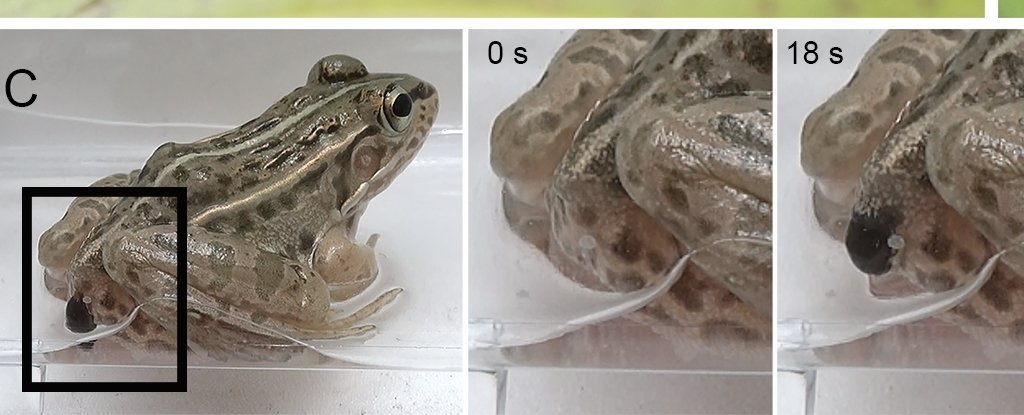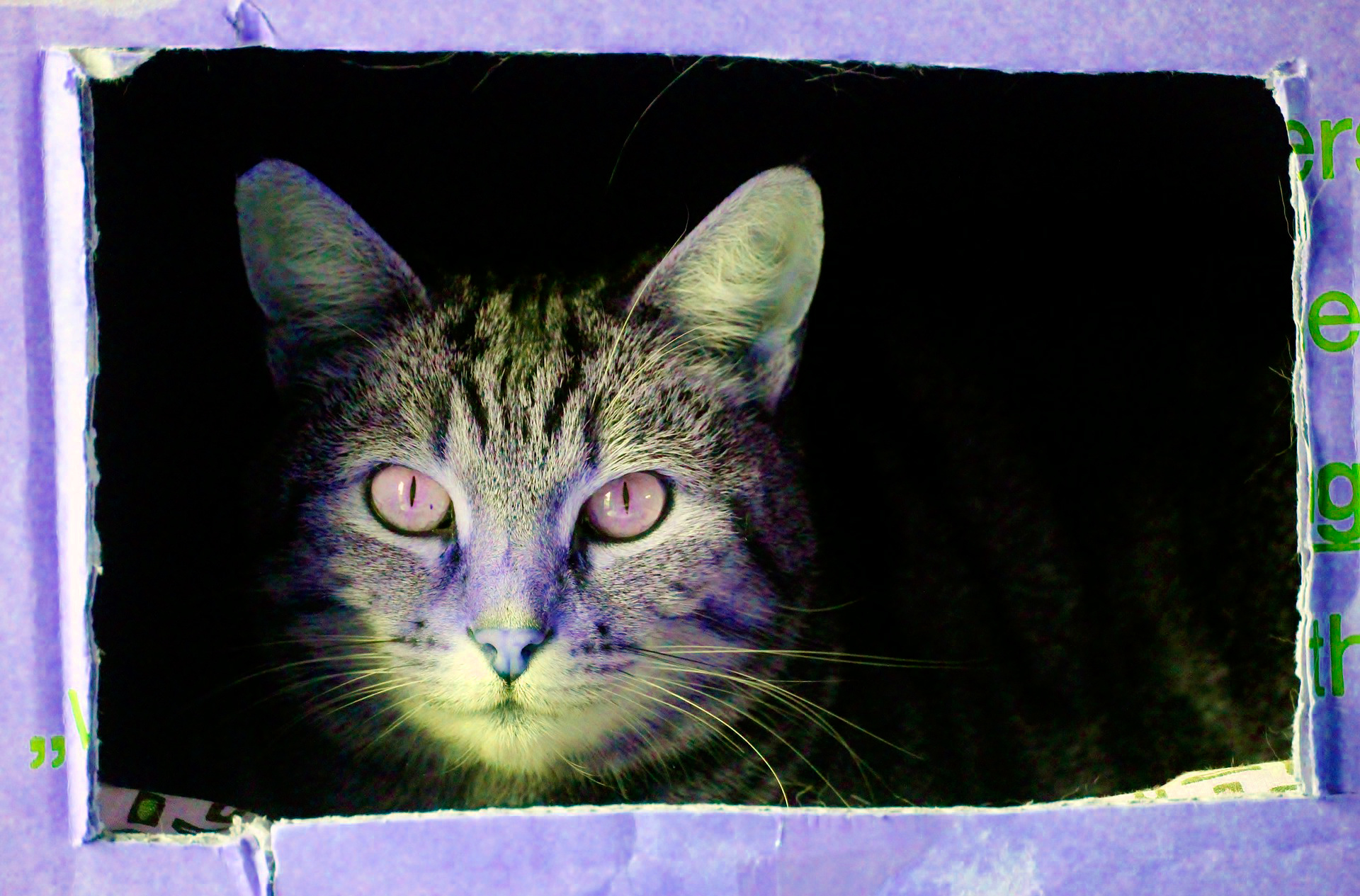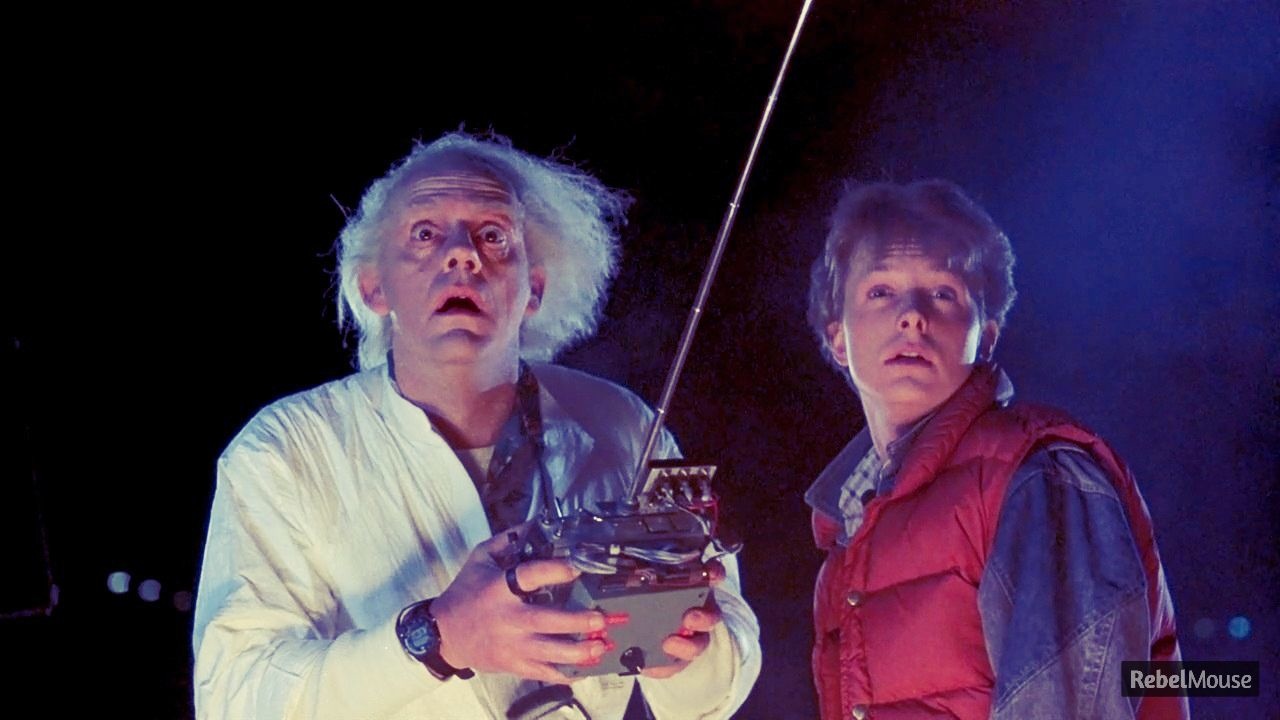weird science
Certain water beetles can escape from frogs after being consumed.
A classic experiment gets an update that contradicts key assumptions of quantum mechanics.
Our experience of time may be blinding us to its true nature, say scientists.
Researchers succeed in an 80-year-old quest to find the elusive “angel particle”.



